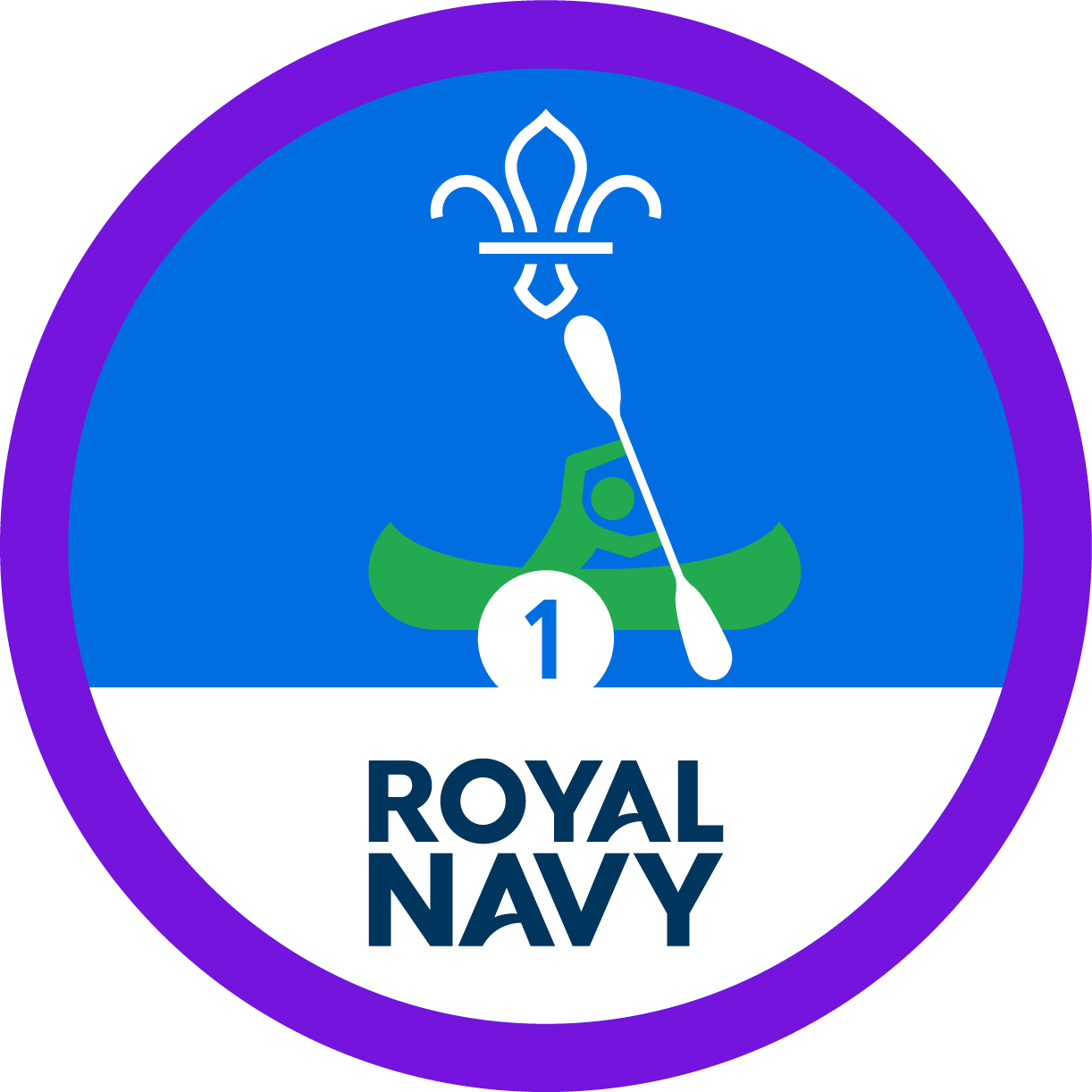
Personal watercraft (PWC)
What to expect
Personal watercraft (PWC), also known as Jet Skis, are shallow-draft, highly manoeuvrable, water-jet-propelled, aquatic craft. On this adventure, everyone will have the opportunity to learn how to steer and control their personal watercraft and navigate on the water. This activity is a thrill-ride, but don’t forget to relax, enjoy the surroundings and the journey on the water. Expect to get wet, even if you don’t fall in! It’s likely that some of your group will be able to have a go while others wait. Sometimes tandem Jet Skis are available too.
What you’ll learn
Personal watercraft activities are about discovering new surroundings on the water and enjoying the experience of moving quickly, turning sharply and bouncing over the waves.
Steering and manoeuvring a Jet Ski takes good hand-eye coordination and will usually require some practice to do it well. Try looking at a fixed point in the distance, if you need help to keep it straight. Jet Skis can feel scarily powerful when you first begin. Take time to get comfortable and understand how your movements affect the movement of the craft. This will help you develop skills for other kinds of powered watercraft.
For many, riding a Jet Ski will be a new experience. Just as with trying anything else new, everyone should support each other and celebrate where people have the courage to try something new or face their fears.
Fun facts
- The world record for the fastest speed recorded on a PWC or Jet Ski is 84.02mph, held by Alan Pickard, who achieved the record on Coniston Water in the Lake District.
- The first Jet Ski was produced in 1973 by the Japanese company Kawasaki, who to this day own the trademark on the name ‘Jet Ski’.
Handy hints
- Dress for the occasion. Centres may need you to bring specific things with you, such as certain types of clothing or shoes. Always double check this before heading out on the adventure, and make sure everyone knows what they’ll need to bring along in advance.
- Grab some extra hair bobbles. People with long hair will probably need to tie it back. Take a few extra hair ties, just in case anyone forgets.
- Prepare entertainment. Prepare something to keep everyone entertained when it isn’t their turn on the water.
- Capture the moment. If allowed, have someone ready on land with a camera to capture the day, so that everyone will remember the experience. Be sure to only photograph those who are comfortable having and allowed to have their picture taken.
- Protect your skin. The sea, wind and sun can take their toll on your skin, so remind everyone to bring and use sun cream. Remember that it needs to be waterproof cream, otherwise it won’t do the job when you take to the waves!
- Swishing and swaying. Some people suffer from motion sickness when doing activities like this. Make sure you have everything with you to cope with this and have conversations with people to see how they can manage it, if they need to.
Safety
You must always:
- Complete a risk assessment
- Have the right ratios of number of adults to provide suitable supervision
- Set up an InTouch process
- Know what to do in an emergency
- Share information with parents and carers with an activity information form
- Get approval from your Lead Volunteer.
Be safe outdoors:
- Check the weather forecast
Be safe in water:
Everyone should be able to swim 50 m wearing the clothing or equipment for the activity. Non-swimmers will need additional support.
Water can be dangerous - be aware of the risks.
The category of water depends on how safe the water is. Use our waterways directory to check.
Be sure to manage the group when near water, keeping everyone safe.
Make sure that all equipment is fit for purpose and in good condition:
Everyone must wear a life jacket or buoyancy aid.
The instructor must make sure boats are seaworthy.
There are regulations you must follow if you are hiring a boat.
Joint activities with other organisations:
- This activity can be run jointly with Girlguiding.
- This activity can be run with other organisations.
This activity can be led by you or someone else in Scouts:
The activity leader must have an adventurous activities permit with the right level and permissions for your group.
Where the group is entirely members over the age of 18 the permit scheme does not apply, please follow the rule 9.8 adult groups.
You can go to a centre or use an activity leader who is not part of Scouting:
You must find a suitable provider who meets the following requirements:- The centre/instructor should hold one of these:
- Royal Yachting Association - Personal Watercraft Instructor
- Adventure Mark - centre
The provider must have public liability insurance.
Guidance
Reflection
PWC (Jet Ski) activities gave you the opportunity to navigate on the water, while maintaining control of a speedy watercraft. How did this differ from how you might navigate on land, or whilst on wind-propelled craft like sailboats, and why? Think about the different rules for activities on the water and the different shapes and sizes of bodies of water in the UK. Where might PWC be better suited than sailboats or narrowboats, and where might they be less well suited?
What new skills did you learn while enjoying this thrill-ride? Think about other activities, on sea and on land, that might require you to use the same skills and reflexes as a PWC does.
Personal watercraft activities can often be adapted so more people can give it a go. Many centres have facilities that cater for people with additional needs and experienced instructors to help everyone achieve their goals. Get in touch with your local provider to chat through the needs of people in your group. Make sure you give them plenty of notice.
All Scout activities should be inclusive and accessible.
If anyone enjoyed this experience, encourage them to have a look at other, similar adventures, such as powerboating or yachting. Also, point them towards the Scouts Power Coxswain Activity Badge or the Time on Water Staged Activity Badge, which might be of interest.
There are also lots of courses around the country that teach people how to work with different types of boats. Have a look here for more information.
If anyone has done this before, encourage them to share their knowledge beforehand with everyone. They could do a presentation or have a chat with everyone about what to expect in the activity.


